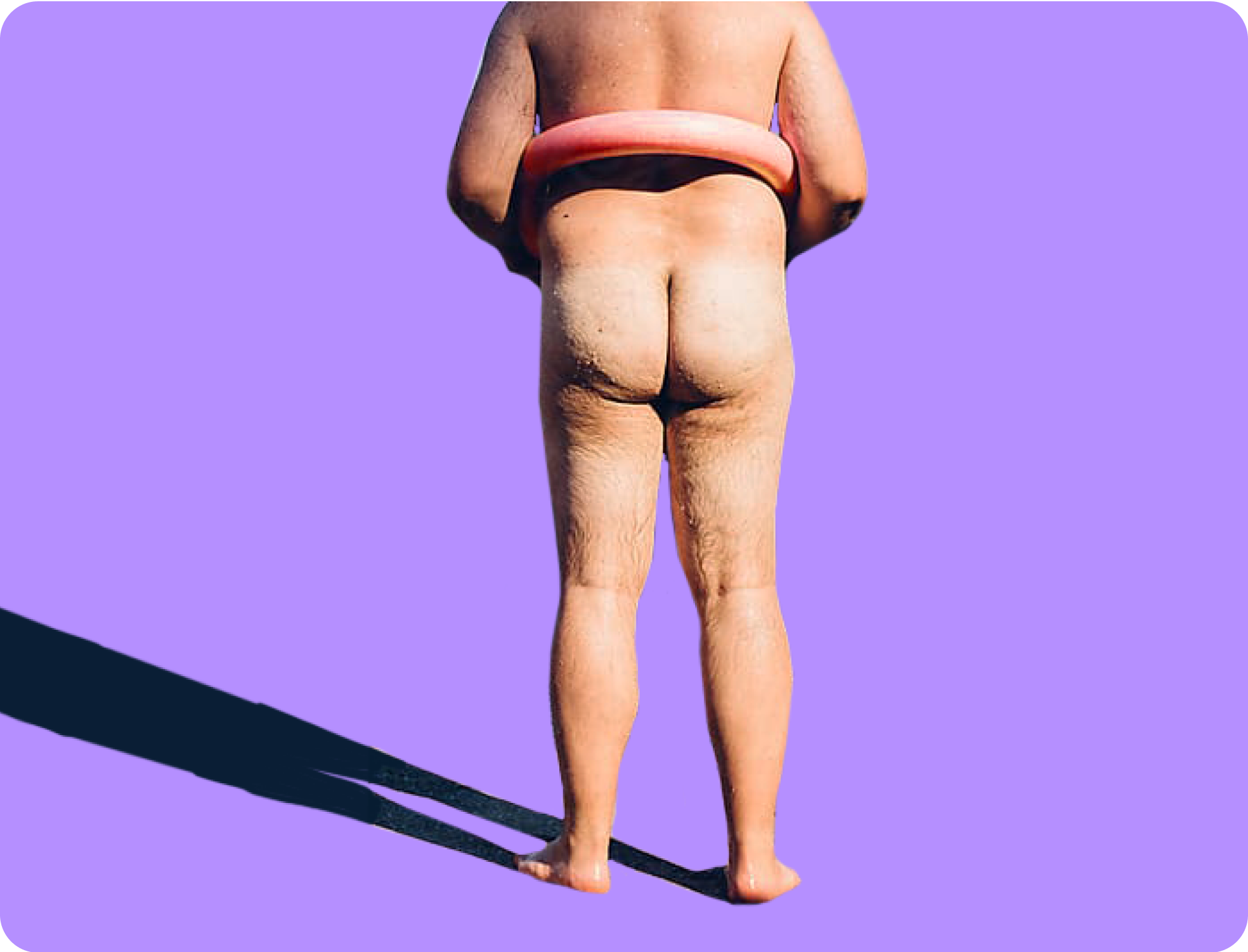We see it clearly, just like NABU: "Valuable wood should be responsibly used for durable goods, not for short-lived products like hygiene papers and packaging." The environmental impact of toilet paper is significant and diverse. The production process requires huge amounts of water and energy, and millions of trees are cut down annually to meet global demand. These practices contribute to deforestation, CO2 release, and climate change.
Given these challenges, it’s urgent to think about more sustainable alternatives. It’s up to us to make conscious choices and promote eco-friendlier alternatives to ensure the future of our planet.
Recycled toilet paper is already a good start. According to the Federal Environment Agency, the production of recycled paper uses far fewer resources compared to conventional white toilet paper. The energy consumption is about half, and the water required is between one-seventh and one-third of the amount needed for regular toilet paper production.
But when it comes to longevity and toilet paper consumption, a butt shower or bidet truly shines. Unlike toilet paper, it’s not destined for the trash, and using it can reduce toilet paper consumption by up to 100%.
Instead of cutting down trees, we’re committed to reforesting and have already planted over 206,435 trees with Eden Reforestation Projects, sequestering 63,643 tons of CO2 over the next 25 years.
By rethinking our hygiene routines and switching to more sustainable alternatives, we can make a significant contribution to environmental protection. Choosing a butt shower is a step toward a greener, more sustainable future – for us and for the generations to come.










